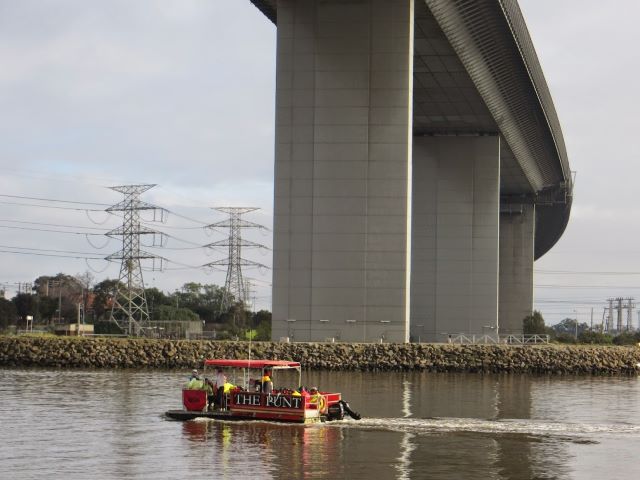
Protecting the West Gate Bridge
After the container ship Dali collided with the Francis Scott Key Bridge in Baltimore, many people have asked ‘Could this happen to the West Gate Bridge?’
Who better to respond to this question than the Harbour Master, Warwick Laing.
He writes “Ports Victoria is constantly analysing, reviewing and assessing all risks associated with the movement of commercial shipping through port waters.
These are some of the mitigations that are currently in place to help protect against a similar incident occurring in the port of Melbourne.
1. Protective Bund: There is one pillar of the West Gate Bridge that sits on the western bank of the Yarra River. Unlike the Francis Scott Key Bridge, the West Gate Bridge pillar is behind a rockwall bund designed to protect against vessel impact.
2. Towage Requirements: In May 2023, towage requirements in the port of Melbourne were strengthened to ensure that all SOLAS1 commercial vessels transiting the Yarra River and passing beneath the West Gate Bridge do so with harbour tugs in attendance. There is always a tug centre lead aft, and for vessels like the Dali, a second tug escorts and is positioned just ahead of the vessel and offset to port or starboard. In the event of power loss, machinery failure or steering failure, tugs are available to provide immediate assistance.
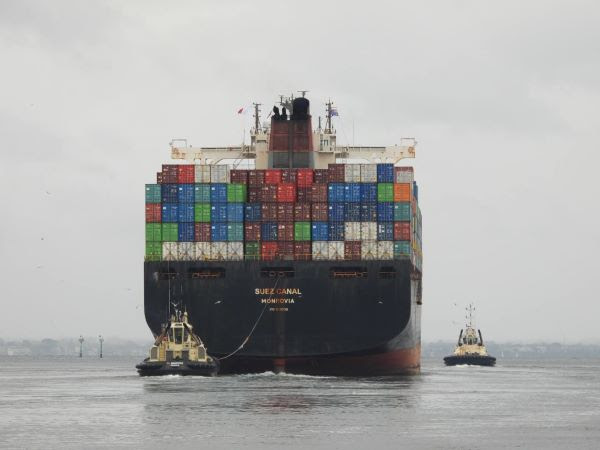
3. Local experts: All commercial vessels >35m in length are required to embark a local marine pilot when transiting port waters. Pilots are ship handling experts with extensive local knowledge of port waters. Working closely with the vessel’s bridge team and with Ports Victoria Vessel Traffic Services, pilots provide the level of expertise needed to safely move large shipping through confined waterways.
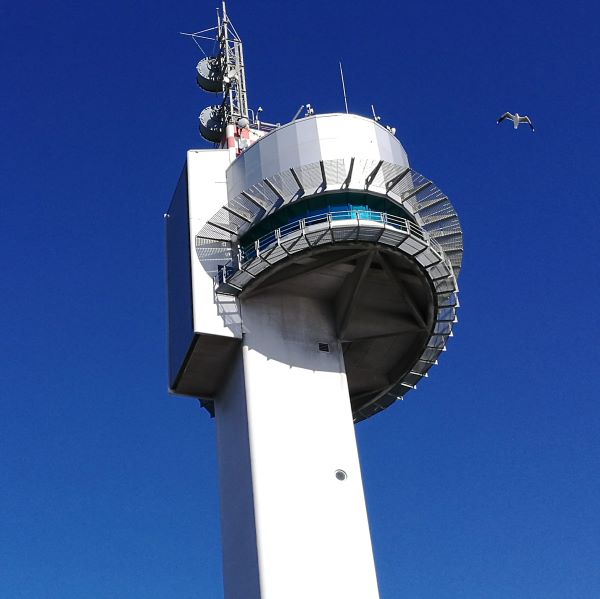
4. Wind limits: Due to their size and shape, container vessels like the Dali are subject to large amounts of windage. Strict wind limits in port of Melbourne ensure that when a large vessel is transiting beneath the West Gate Bridge, they are doing so in favourable conditions.
The shipping industry is constantly evolving, and risk management is an ongoing process.”
The Harbour Master is appointed under the Marine Safety Act 2010. They have wide ranging and extensive powers to manage shipping in the port of Melbourne. The Masters of all vessels in port of Melbourne waters must follow the Harbour Master’s Directions2.
With thanks to Harbour Master, Warwick Laing, for permission to reproduce his post from Linkedin
1The International Convention for the Safety of Life at Sea (SOLAS) is an international maritime treaty which sets out minimum safety standards in the construction, equipment and operation of merchant ships.
2 Harbour Master’s Directions for the port of Melbourne, September 2023
3 Comments
-
Heather Wheat
After the Baltimore incident it’s reassuring to have those assurances about our bridge and waterways.
-
Anne Garrow
Very interesting Janet. Always good to learn new things.


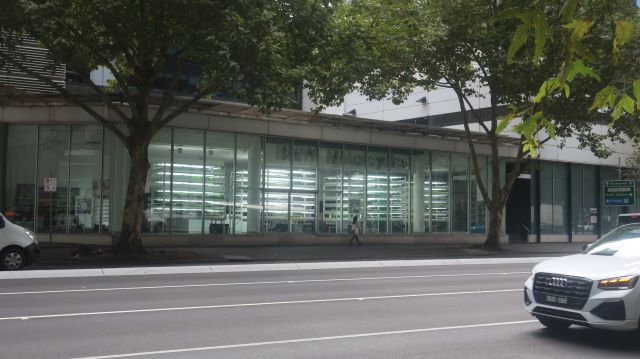
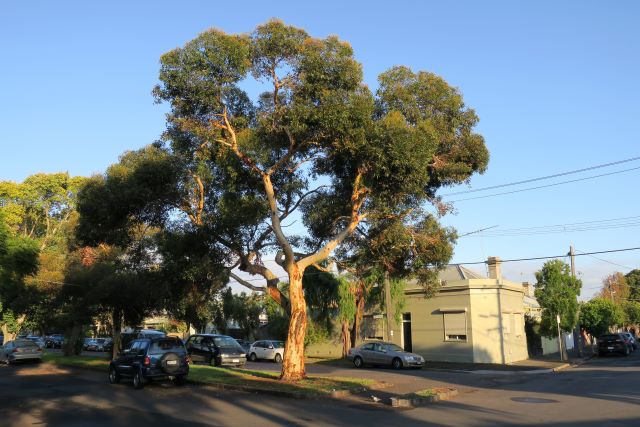
Judy
Fascinating and wonderful photos